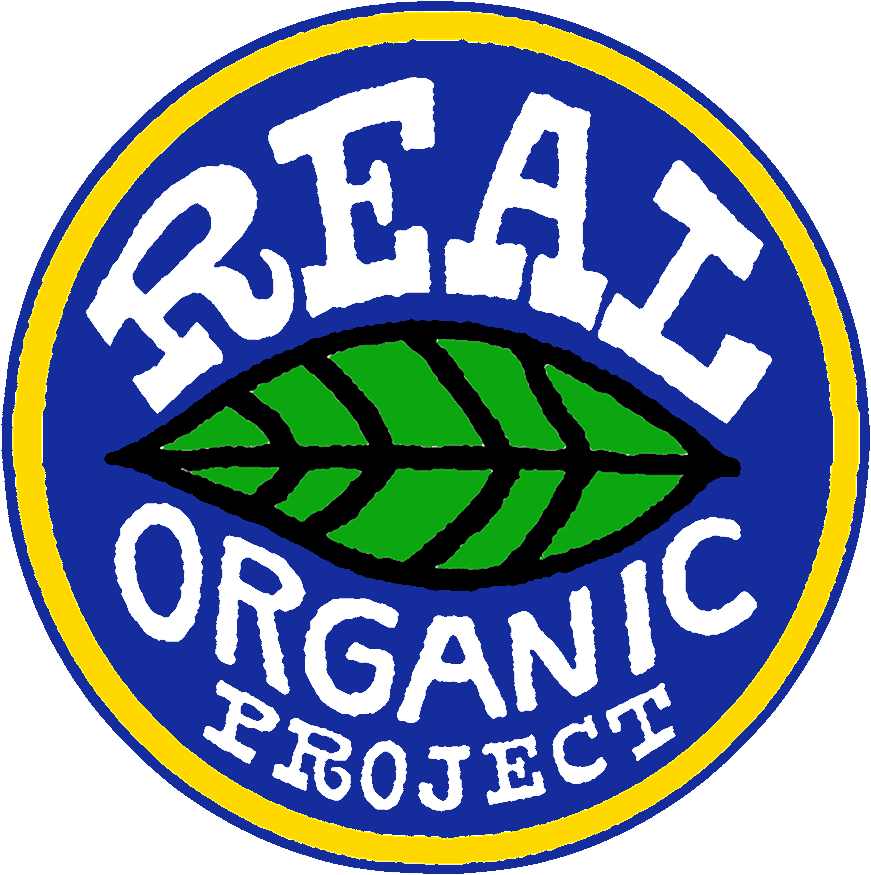Dear KCSA community,
The Rodale Institute recently published a white paper called Regenerative Agriculture and the Soil Carbon Solution. It states that at a “minimum regenerative agricultural practices that support carbon sequestration include:
Diversifying crop rotations
Planting cover crops, green manures
Retaining crop residues
Using natural sources of fertilizer, such as compost
Employing highly managed grazing and/or crops and livestock
Reducing tillage frequency and depth
Eliminating synthetic chemicals”
Here’s a quick run-down of us sowing triticale cover crop in Field C on Sunday. As you’ll see, KCSA checks all those boxes…and more…
WHAT'S IN THE SHARES THIS WEEK!
LETTUCE, TURNIPS, DILL SWISS CHARD, COLLARDS, MUSTARD, SCALLIONS, BOK CHOY, ZUCCHINI, EGGPLANT, PEPPERS, TOMATOES, & BUTTERNUT SQUASH
U-PICK:
CHERRY TOMATOES, HOT PEPPERS, SHISHITO PEPPERS, TOMATILLOS, GROUND CHERRIES, FLOWERS, & HERBS.
Primarily, at KCSA, winter hardy grasses, like triticale (and winter rye), are used to make sure we have some sort of vegetative cover on the ground over winter. They germinate at low temperatures, so they can be sown late into the fall. Even with a little growth above the surface, their extensive root system holds the soil together, reducing any potential run off. Further, these roots aerate the soil, which helps reduce the depth of tillage needed in Spring. Due to the timing, the triticale that was sown on Sunday is in early enough that it will provide some nice green manure for next season's onions. The onions follow the butternut squash that you’ll find in your share this week. Tomatoes will follow the onions in 2022!
Knowing that we will have additional green manure in Spring didn’t deter us from spreading our own biodynamic compost. The compost will help the triticale grow, making some of the nutrients in the soil even more bioavailable when we mow and incorporate the cover crop in Spring. Our compost primarily constitutes manure sourced from our next-door neighbor—Seven Stars Farm—and our own crop residues. Plus, biodynamic preparations 502-507.
All crop residue that doesn’t make it into the compost pile, like the green manure, is mowed and incorporated back into the soil. This is more frequently done than not. After spreading the compost yesterday afternoon, we lightly disced the field to break down the bigger chunks of compost, which in turn helped break down some stray butternuts and non-flail mowed squash vines still lying on the surface.
For expediency, we sowed the triticale by hand. We have a couple of pieces of equipment that are quicker at sowing the seeds (and natural fertilizer) but we figured by the time we had got them cleaned up, we’d have ultimately saved time by being able to get stuck in straight away doing it the old-fashioned way! Plus, you can control the rate of the application a little better.
Anyway, after sowing the seed, we gently harrowed the triticale into the soil—to a depth of about half an inch. Our harrow, the Perfecta II, is our most commonly used tillage equipment, along with our discs, and although we go a little deeper that a half inch when we are preparing beds, neither implement is particularly intensive or deep! We rotate chisel plowing, so it is not done every year. And, over the last four years our tractor’s rototiller has essentially become obsolete.
Our systems are not perfect, but we do the best we can with what we got! And we aim to improve them year after year to help build the soil and sequester that carbon. Healthy soil = healthy food = healthy people.
Cheers,
Andrew

























